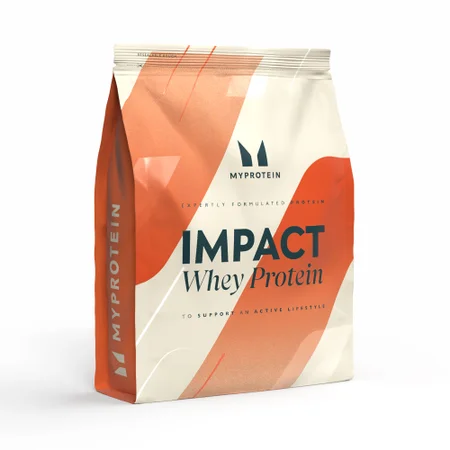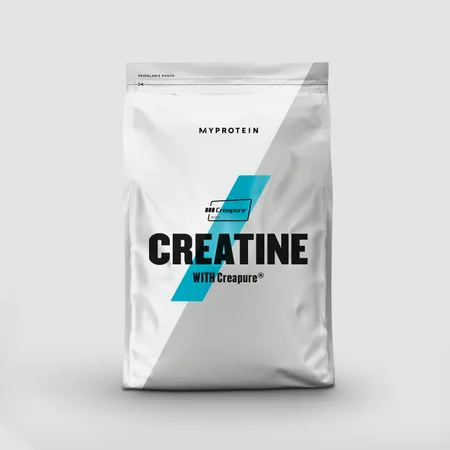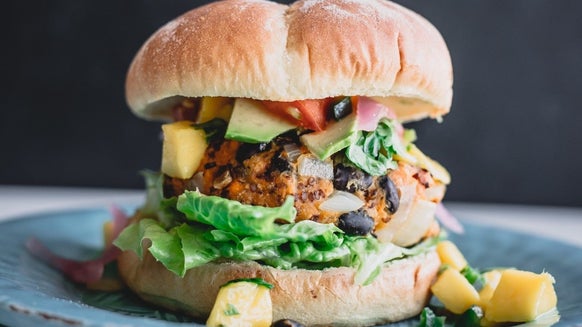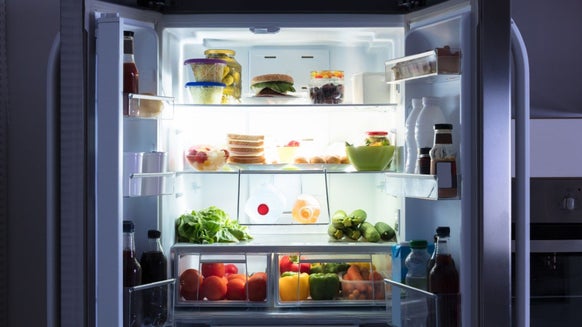
Bulking Season
Gainer season: to weight-losers, it might well seem the smuggest time of year. Gainer season, as it is known in the fitness community, is a magical period on weightlifters’ calendars from October through March, when bulking becomes the priority in terms of nutrition and gaining mass muscle. What does that involve? Well, that’s the part (on the surface, at least) that may sound pretty smug and enviable to any health fanatics that are applying themselves to trimming down and burning calories.
So Why Do Mass Gainers Get All The Fun?
For starters, many would argue it is not as easy as it seems, but if you consider the colder days that feel like harder work throughout the winter months, there is a certain logic in stocking up against the cold – and when easier to do it than over the Christmas period, the most carborific of holidays when calories are not only encouraged, but often unavoidable.
Especially for hard gainers, putting on the right kind of weight can be difficult. The general plan is increasing your caloric intake to gain fat and muscle, but there is a difference between eating anything in the name of weight and doing it properly in the name of health. With great calorie increases comes an even greater gym workload, and then there’s the shredding stage. Come March, “shredding season” commandeers the calendar. This is when bodybuilders cut the calories and shred the body fat, taking that hulk like build to a lean, ripped physique.
Bulking vs. Weight Gain
So what do the experts say is the real difference between putting on weight and bulking?
Myprotein Personal Trainer, Camille Thiebaut, says that the difference between bulking and just piling on pounds is that bulking correctly means you are increasing your body fat while developing muscle at the same time.
Camille says: “If you don’t bulk you don’t create (much) muscle, so when spring comes and you cut fat, you wouldn’t have increased your base of muscle which will leave you looking skinny, not sculpted. Have you ever wanted to have the round bum, nice shoulders or the super-toned shapely thighs? If the answer is yes, you need to work on the muscle base during winter as it’s not fat that’s going to give you that.”
How Many Calories for Bulking?
The question, then, is how to calculate how much you need to increase your calorie intake by?
MyProtein ambassador, Camille advises: “First you need to calculate you BMR (basal metabolic rate), which is the amount of energy expended per day while resting which is calculated by your age, weight, height and gender. Then you can calculate your maintenance calorie intake by adding your level of activities.”
For help, a variety of online calculators and apps are available to guide you.
“When you know your maintenance calorie intake, here’s where it becomes interesting. If you want to bulk, you need to increase this so your muscles burn your usual amount (what your body needs to function normally), then the additional intake (calorie excess ) is going to nourish the muscle fibre and build muscle. When you’re cutting, you need to reduce your calorie intake under your body needs, to shed the fat,” adds Camille.
Break It Down
If you are a 24-year-old female, 167cm, 54kg your BMR is 1,303 cal/day.
Maintenance calorie intake with moderate exercise 3-5 days/ week = 2,019 cal/days
In order to bulk, a female needs to elevate this by 10-15%, which means that in this case the ideal calorie intake to bulk = 2,321 cal/day.
For a 30 year old male, 180cm height and 75km, your BMR is 1,730 cal/day.
Maintenance calorie intake with heavy exercise 6-7 days a week = 2,984 cal/day
To bulk a male can elevate a bit more than a woman, around 20%, so the ideal calorie intake in this case =3,581 cal/day.
Clean Bulk vs. Dirty Bulk
Health and fitness expert Camille advises that when you increase your calorie intake, you need to keep the ‘health’ part in mind. That is the difference between a clean and dirty bulk. We mentioned earlier how putting on healthy weight isn’t as easy as some may think. If you are someone with a mighty metabolism and find it hard to keep the weight on that you need to build serious size it can be tempting to munch junk food to get the job done.
Camille said: “Even though you are increasing your calorie intake, your nutrition still needs to be on point which is the difference between a clean bulk and a dirty bulk. Carbohydrates are the main fuel you need during bulking phase, the protein and fat intake is generally the same, but it’s the carbs that change the most. There is no point bingeing on junk food, you need to eat unrefined, unprocessed carbs like brown rice, oats and sweet potatoes, then if you still need to supplement, sports-nutrition brands have specialist high carbohydrate gainer products which are just as popular in winter as protein shakes to assist with muscle gains. In fact, you might find you yourself struggling to eat enough calories each day, this is why a good gainer like Myprotein’s MyGainer can help you.”
Another good tip to keep in mind is limiting the amount of cardio you do during your week. You may have calculated your caloric intake and factored in a monstrous lifting regimen, but if in addition you are still getting a regular cardio workout, this could be eating into your bulk like nothing else.
Cutting Season
How does this plan change when winter ends and shredding season commences?
When it comes to cutting, it’s time to halt the calories, keep the muscle and burn the excess fat. Your key plan should include:
- Higher reps with lighter weights;
- Shorter rest periods (30 secs to 1 minute);
- Inserting calorie-burning cardio exercise into your workout plan. Think H.I.I.T
| Maintenance | Bulking | Cutting |
| 2019kcal per day | 2381 kcal per day | 1650 kcal per day |
| Breakfast: | Post Workout Shake: | Breakfast: |
| 50g Oats | Half a Banana | 120ml Almond Milk |
| 25g IWP | 25g Mygainer | 25g IWI |
| 1 Apple | 200ml Almond Milk | 1/2 Banana |
| Snack 1 (Smoothie): | Breakfast: | Snack 1 (Smoothie): |
| 150ml Almond milk | 100g Cooked Rice | 150ml Almond Milk |
| Red Berries | 5 Eggs | Red Berries |
| 25g IWP | 1 Apple | 25g IWP |
| Lunch: | Snack 1: | Lunch: |
| 120g Chicken | 80g Rice | 120g Chicken |
| 100g Rice | 60g Chicken | 60g Rice |
| 1 Apple | 1 Apple | |
| Snack 2: | Lunch: | Snack 2: |
| 10g Almonds | 120g Chicken | Greek Yoghurt |
| 150g Rice | ||
| Dinner: | 1 Apple | Dinner: |
| 120g Chicken | 100g Chicken | |
| 80g Rice | Snack 2: | Vegetables |
| Vegetables | 10g Almonds | No Carbs |
| Dinner: | ||
| 120g Chicken | ||
| Vegetables | ||
| 100g Rice | ||
| Night Snack: | ||
| 16g Peanut Butter | ||
| 1 Greek Yoghurt |

Alice Pearson is a UKVRN Registered Associate Nutritionist and UK Anti‐Doping accredited advisor, having obtained a Bachelor’s of Science in Nutrition and a Master’s of Science in Sport Nutrition. She has a specialist interest in the use of sports supplements for improving health, fitness, and sport performance.
Alice has experience working with both amateur and elite athletes, including providing nutritional support to Tranmere Rovers FC and Newcastle Falcons Rugby Club. Her nutritional guidance is always supported by evidence‐based research, which she keeps up to date through continuing professional development and independent learning.
In her spare time, Alice loves travelling, hitting the gym, and getting stuck into a good book. Find out more about Alice's story here.










